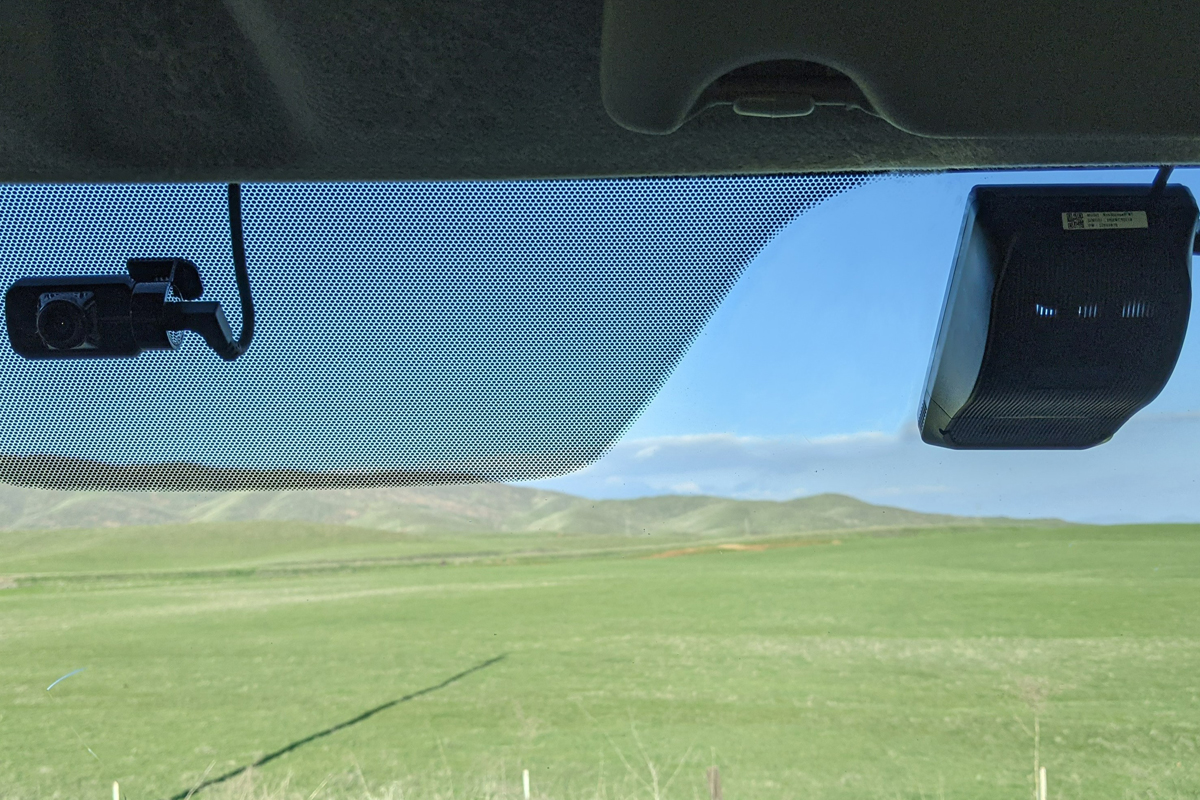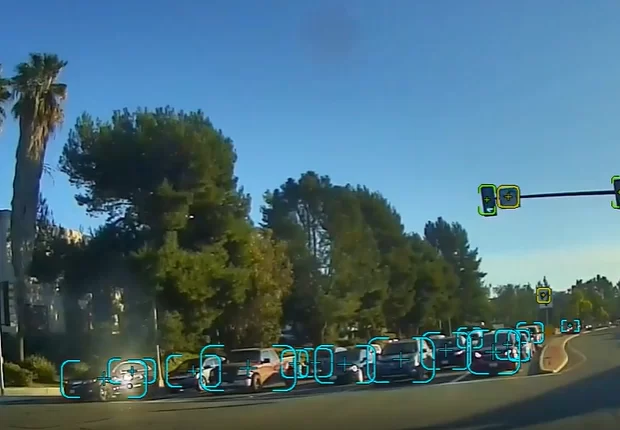
The Advantages of a Dual-Facing Dashboard Truck Camera
In the fleet management sector, dash cameras have proven to be more beneficial than not. Critics of the dash camera fear and argue that it will only cause more damage to the company because it will showcase all the faults of their fleet drivers and end up hurting them in a future lawsuit. However, truck drivers are very safe, trained drivers. In fact, the American Truck Association found that 80% of truck related crashes were actually caused by passenger cars. The University of Michigan reported 81%. With that said, the dash camera can help bring the truth to the scene and more often than not, protect the driver and the company from financial burdens.
What exactly is so beneficial about dash cameras though? Do they really provide significant insights that cannot already be found? Do they really help the fleet owner’s pockets? The quick answer is yes, absolutely. Dashboard truck cameras not only record footage of the road, but they also offer many intangibles that help fleet drivers and owners. Jeffery Oster, partner with Vaughan Baio & Partners, recounts two stories where dash cam footage helped save companies from financial ruin in ways nobody could have expected. In the first story, the truck camera captured footage after an accident and saved one company from having to pay false injury expenses as it showed the passenger walking around unaffected by the accident. In the second story, the camera’s scope showed the reflection of a closed device on the truck’s windshield, proving that the driver was not driving while distracted when the collision occurred. In both cases the outward facing camera helped in unorthodox ways, but also hinted at some of its limitations as well. Seeing the road has significant advantages, but incorporating a second, inward facing camera can help even more.
Dual Camera vs. Regular Dash Camera
As it alludes to in the name, the dual-facing dashboard camera has two cameras that capture both the road, and likewise the cabin. This adds the ability to see how the driver reacts to road events and to see what they were doing when the critical event occurred. Solutions like the AI Fleet Camera Solution from Positioning Universal execute this concept.
To see why this matters lets revisit the closed device situation. The outward facing solution was only able to capture this pivotal evidence because it happened to reflect off the windshield. However, what if there was no reflection? What if the device were on the ground and not on the seat (where it could reflect off the windshield)? What if on that particular camera they installed it a little higher on the dashboard? What if? Then, the evidence is lost, and the fleet pays. However, the dual camera captures this evidence regardless of where the device is. The inward facing camera records the entire cabin, so the device will be seen without need for a reflection. If the device was on the floor, then the inward facing camera would still show the driver not looking at the ground continuously and prove the point indirectly.
In this case as well, thanks to emerging technologies, the AI Fleet Camera Solution will be able to use its footage to detect distracted driving on its own, a feature impossible with only the outward facing camera. Dual facing cameras take away any doubt and allows fleets escape lawsuit hits due to ambiguity, which prove very, very costly. But more importantly, dual-facing dash cameras insurmountably help with collision prevention.
Dual Facing Cameras for Safe Driving and Collision Prevention
Dual-facing dashboard truck cameras offer a surplus of advantages. Specifically, the complete AI Fleet Camera Solution enhances the dash camera experience and takes a step further with collision prevention features powered by video telematics. These features include:
- Ability to capture both the road and the cabin
- Enhanced driver scoring capabilities with vision inside of the cabin
- Collision risk calculation, monitoring, and in cab notification to drivers
- Emerging distracted driving detection utilizing the inward facing camera
- Seamless video upload to the cloud for remote access
All these features create invaluable advantages for fleet management. First, it incentivizes drivers to not engage in distractions on the road and practice safe driving habits such as not speeding and/or tailgating. Fleet managers can also diagnose problems easier before they become costly. Cabin views allow fleet managers to catch bad driving practices and address them with the drivers before an accident occurs. And in the meantime, the dash cams utilize AI to help drivers prevent accidents through real time in cab alerts of dangerous situations (i.e. collision risk). But, if something does happen, the cloud footage upload allows fleet managers to access the content and assess the event quickly and send support even if the truck is thousands of miles away. All these things can save lives in a dangerous profession. Dash cams can catch the mistakes drivers make, but more importantly, they significantly help in the bigger mission of fleet management: fleet driver safety.
Author
Jennifer CurleyRelated posts
Critical Events Deep Dive
Positioning Universal’s AI Fleet Camera Solution offers many standout features
Driving Innovation: Telematics’ Impact on In-Home Healthcare Services
Introduction In-home healthcare services are gaining traction, offering patients
Cellular Frequency Bands and their Impact on Telematics
On episode 2 of Well’s Words, Positioning Universal CEO Mark Wells briefly dis





Leave a Reply